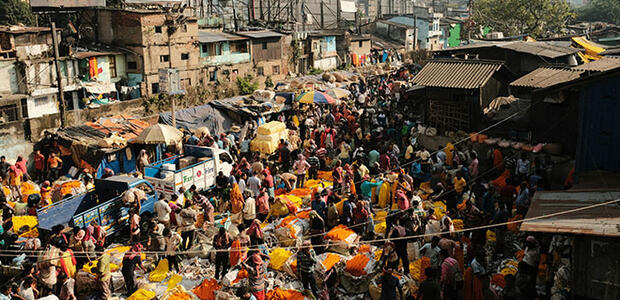
Request for research proposals
 The effects of artificial intelligence on firm and labour market outcomes
The effects of artificial intelligence on firm and labour market outcomes
UNU-WIDER’s Reducing persistent inequalities across and within countries research area advances understanding of the trends and drivers of inequalities, both globally and within countries. It analyses which policies and public actions are more and less successful at creating greater equality and questions how and why efforts to reduce inequality have not always been sufficient to reduce enduring inequalities, especially in the Global South.
Reducing persistent inequalities across and within countries supports human and economic development and well-functioning stable states and societies. It reduces the risk of conflict, increases stability and economic growth, and supports poverty reduction. In this research area, UNU-WIDER continues its long history of policy-relevant research related to the key question, what works to reduce inequalities?
In the 2024-27 work programme, our work on reducing persistent inequalities across and within countries includes the following projects:
To fight the impact of climate change, governments have started to put in place mitigation and adaptation policies. While these policies are important, there is scope to analyze how these policy interventions impact poverty and inequalities. This research area will also integrate climate considerations into its analysis of patterns of global inequality.
Gender remains an important dimension of enduring inequality. Gender barriers, intersecting with other forms of disadvantage such as race, ethnicity and class, continue to pose significant challenges in low- and middle-income countries. This research area will focus on gender responsive policy approaches with the aim of reducing inequalities and barriers faced by women.
We will deepen and extend our contributions to the ‘data revolution for sustainable development’, by continuing to expand the scope and usability of our flagship World Income Inequality Database - WIID.
This research area aligns with UN Sustainable Development Goal 10 of reducing inequality within and among countries. We contribute to the achievement of this goal b providing evidence on the factors driving inequality and policy interventions supporting the overturn of inequality trends.